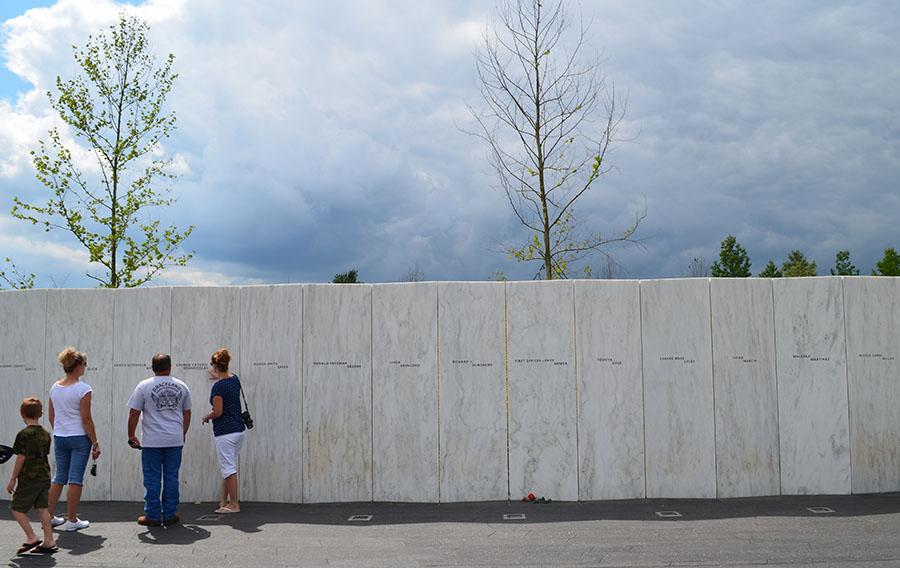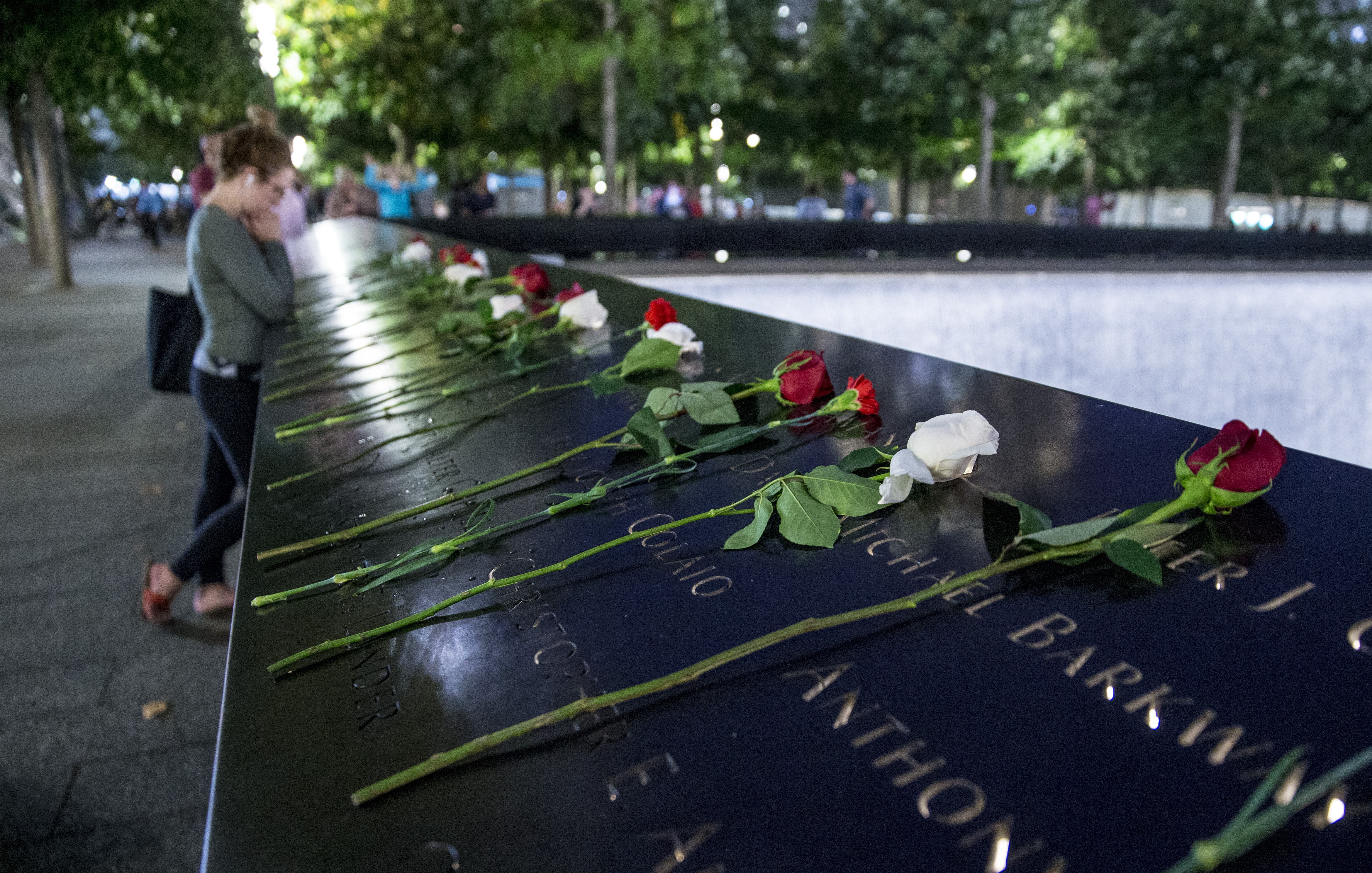Make a donation to the museum
A Look at the Flight 93 National Memorial in Pennsylvania
A Look at the Flight 93 National Memorial in Pennsylvania

The first time I saw it, on a foggy autumn day several years after that fateful September that thrust it into history, the windswept field atop a hill in southwestern Pennsylvania into which Flight 93 crashed appeared remote and desolate. But the wind, the rain, and the mist that greeted me somehow mysteriously echoed the vibrant presence of the people on that plane and their stunning act, and the small memorial site that was in place then gave material witness to the care and the attention of those who, like me, had come to the site to reflect on the meaning of the crash of Flight 93. The gifts and notes left by visitors attested to the awed gratitude they felt in this space that otherwise gave no indication of the awful thing that had happened there.
Now, nearly 14 years since the day of the event, the small temporary memorial has given way to a majestic permanent monument to the last day of Flight 93. Construction is still ongoing, but the Flight 93 National Memorial already presents itself as a worthy peer to the 9/11 Memorial in lower Manhattan.
In Pennsylvania, you experience the profundity and power of the natural landscape of this slice of American heartland that became the scene of dreadful tragedy. You walk the flight path and imagine what might have been in the minds of those men and women as they performed the deed that almost certainly spared a third target in the sights of the hijackers. You stand before the wall separating visitors from the Sacred Ground where the plane struck earth and ponder the stunning last moments of those whose mortal remains lie in that cemetery of heroes. After the crash, most of the plane came to rest beneath the loose soil of this former mining site, and there was little else in this rural field left after the crash in the way of material to which a memorial narrative could be linked. The task of the Flight 93 National Memorial was to give form to such a narrative, and its various planned features, from the Tower of Voices to the Wall of Names that leads to the Sacred Ground, do so in a way that is at once historically informative and emotionally moving.
I spent several years researching the memorial efforts in Pennsylvania and writing my book Angel Patriots about Flight 93. During this time, I came to understand much about this event and these people. Unexpectedly, I learned how much the story of that plane and those passengers is a story about all of America. The Flight 93 National Memorial makes that awe-inspiring story available to all who visit.
By Alex Riley, Professor of Sociology, Bucknell University
Previous Post
The Lens: Capturing Life and Events at the 9/11 Memorial and Museum

The Lens: Capturing Life and Events at the 9/11 Memorial and Museum is a photography series devoted to documenting moments big and small that unfold at the 9/11 Memorial and Museum.
Next Post
Blair: ‘Peace and Knowledge’ Needed in Fight Against Extremism

Security designed to contain and prevent terrorism since 9/11 is important, but not the only answer in confronting violent extremism worldwide, said Tony Blair, the former prime minister of Britain.